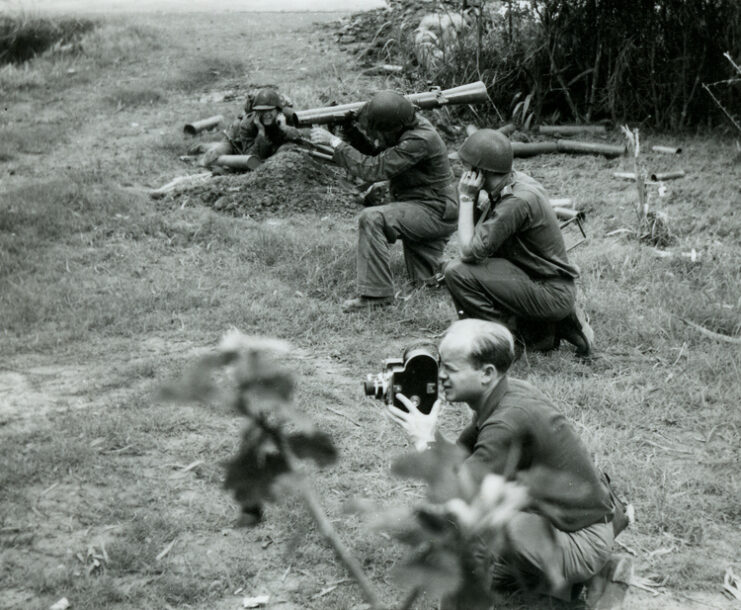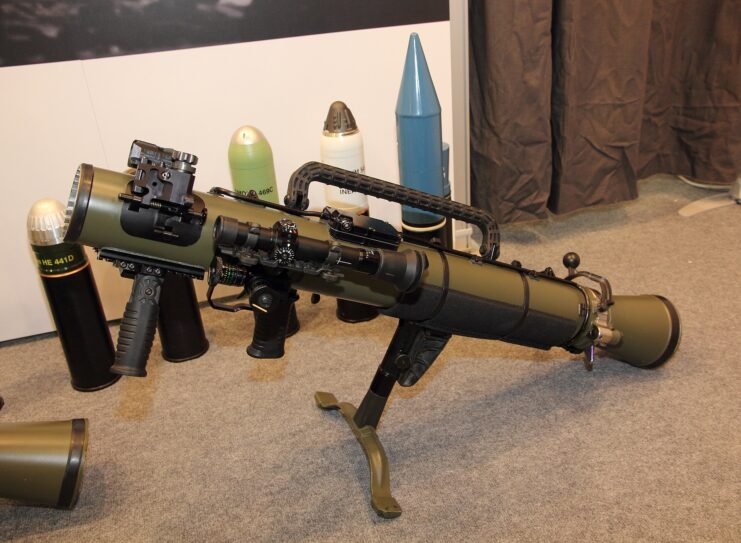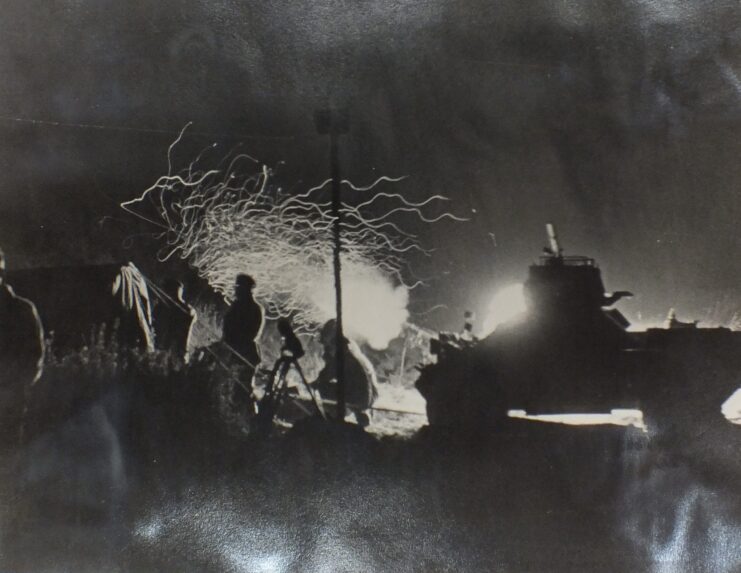The Tank Museum Acquires Carl Gustaf Infantry Anti-Tank Weapon
The Tank Museum in Bovington, United Kingdom has announced that it recently acquired a Carl Gustaf infantry anti-tank weapon. Adopted by the British Army in the 1960s, the Swedish recoilless rifle has been upgraded a number of times over the decades, allowing it to see continued use to this day. Dozens of military across the world have it equipped – including 11 NATO countries – with none showing any signs of wanting to trade it in for a newer tool.

The Carl Gustaf began life in the early 1940s as a much less powerful tool. Originally only capable of firing 20 mm ammunition, it was initially considered effective – that is, until the introduction of newer tanks onto the battlefields of World War II, such as the Soviet T-34 and the German Tiger and Panther.
Aware changes needed to be made, designers Hugo Abramson and Harald Jentzen set to work on a redesign, upping the caliber to 37 and 47 mm, before ultimately landing on 84 mm. Packing a much more powerful punch, this allowed the anti-tank weapon to join the ranks of the German Panzerschreck, the American bazooka and the British Projector, Infantry Anti Tank (PIAT).

The Carl Gustaf was accepted into service with the British Army in 1962, with the country using an export model. As The Tank Museum explains, this was comprised of six primary components: the venturi and venturi fastening strap, the barrel, sights, the firing mechanism and grips. Two were supplied to Light Infantry Platoon HQs, while infantry sections attached to mechanized battalions received one.
Known among troops as the “Charlie G,” the British version was only compatible with one type of ammunition – the 84 mm High-Explosive Anti-Tank (HEAT) – which had an effective range of 400 meters against moving targets and 500 meters when aimed at stationary ones. While it was primarily used against armor, it was also capable of doing damage to concrete and nearby soldiers, thanks to its fragmentation effect.

As aforementioned, the Carl Gustaf remains in use today, with one of its biggest operators being the US Army Rangers and the Special Operations Command (USSOCOM). Among the conflicts where it’s seen action are the Falklands War, the Gulf War, the wars in Iraq and Afghanistan, and the ongoing Russo-Ukrainian War.
The British Army recently ordered the latest version, the M4, which is more ergonomic and cost-effective.
More from us: The Tank Museum Acquires Development and Design Documents for Mark I Tank
The Carl Gustaf acquired by The Tank Museum has a single sight, graduated out to 1,000 yards, with a bracket that can fit the No. 78 Mk 1 Sighting Telescope and the Optic Individual Weapon Sight. The weapon is missing its front left handgrip, which would have allowed the operator to use both hands to steady and lay it.
The post The Tank Museum Acquires Carl Gustaf Infantry Anti-Tank Weapon appeared first on warhistoryonline.
The Tank Museum Acquires Carl Gustaf Infantry Anti-Tank Weapon
Philippines Truth
Post a Comment
0 Comments